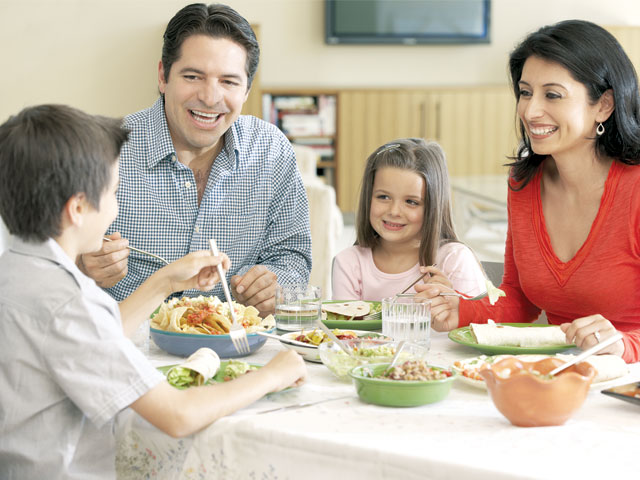The Link Between Family Stability and a Child’s Success

The bonding process begins in the womb. Once born, infants thrive on the voice and touch of a consistent caregiver. So, from the start, stability and security provide an anchor for human growth and development.
As a child, I instinctively knew if something bad happened — anything from catching chicken pox to navigating a personality clash with a classroom teacher — my parents would always be there to support me. I always had family to lean on and a home to escape to when the going got rough. At the time, I had no clue that this stable and loving environment would help shape me into a confident and grounded adult. However, I realize now that I subconsciously paid it forward when it came to raising my own children, providing a cushion when they stumbled and a safe haven filled with unconditional acceptance.
A stable environment provides nurturing caregivers, unconditional love, consistent discipline, and a dependable and safe living space. This secure and protective environment shapes a child’s perspective of himself and the world around him. It is the springboard that sets in motion a path to happiness and overall well-being. It is the bedrock to a child’s future success.
Family Stability in the New Millennium
Family life throughout the decades has changed dramatically. Entertainment mimics culture, so we can see how the family has changed over the years just by examining family structures on TV. Snapshot of the lives of the Cleavers, Bradys, Cosbys and Bravermans (Parenthood, NBC) provide a good comparison.
Susan Kuczmarski, Ed.D., a family expert and author of several books including the award-winning Becoming A Happy Family: Pathways to the Family Soul (Book Ends Publishing, 2015), points to a 2014 Pew Research report that analyzed the state of the American family. The research showed that American families today are more complex and less traditional — fewer than 50% of American children live in a traditional family structure. “It was this new model of the American family that I had in mind as I wrote my new book,” she reports.
Family stability is not inherent in the number of family members or its various structures (i.e. traditional, single parent, blended family, foster family, etc.). Instead, it’s about providing a consistent, safe and loving environment for children, one in which they can lean on family members under all circumstances. Strong family bonds, unconditional support, and predictable safety nets are the keys to a stable upbringing.
According to an article written by Shannon Rudisill, Associate Deputy Assistant Secretary for Early Childhood Development at the U.S. Department of Health and Human Services, “The quality and stability of a child’s relationships are the most critical factors in whether a child thrives developmentally and goes on to have success in school. Nurturing, long-lasting relationships are important for all children — but especially for the youngest children — who are learning to form secure attachments that will be the foundation for future relationships.”
Strong family bonds are crucial. “Bonding is the central component to a healthy child. A well-bonded child is secure and does better at everything,” explains Gail Gross, Ph.D., Ed.D, a nationally recognized family and child development expert, author, and educator. If a child forms strong bonds she “will have less anxiety and a higher threshold of security,” Gross adds.
The child who has been raised in a secure and reliable environment has been given the tools for success. “Your child will approach everything with a stronger sense of self and a strong central core,” Gross says. “As a result, he will learn to depend on his own resources and capacities, which allows him to be independent and self-actualized.”
Continue reading →


